![]() 14 Dec 2023
14 Dec 2023
Thrust is a force that propels an object forward. Commonly associated with engines and propulsion systems, it is essential in aerospace and automotive applications. While pressure is the force applied per unit area. It’s the measure of how force is distributed over a given surface.

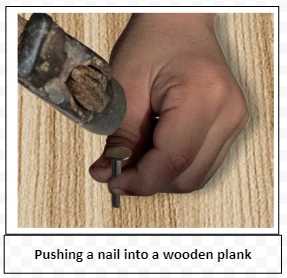
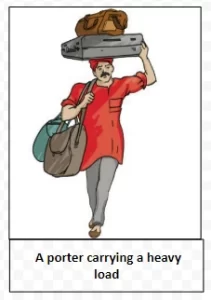
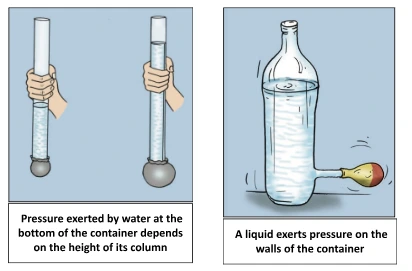
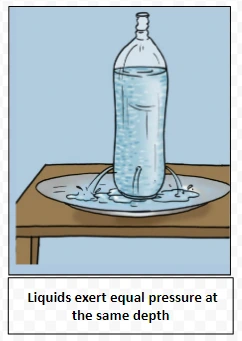
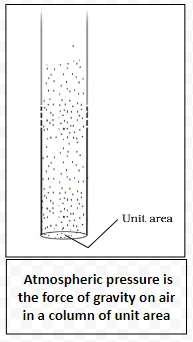
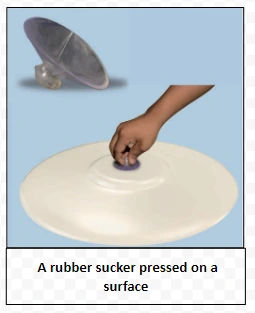
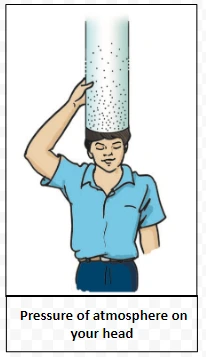


The behavior of objects, whether they float or sink, is closely linked to their density in relation to the fluid they’re placed in.
Objects with a density lower than the liquid will float, while those with a higher density will sink.
<div class="new-fform">
</div>